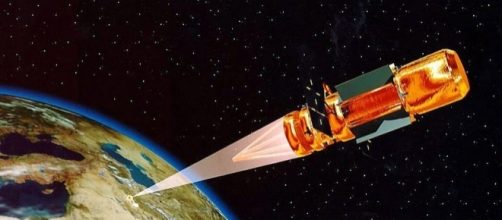The recent test of a North Korean ICBM had highlighted the need for developing an effective missile defense system. Thus far, results have been mixed. While the United States had gotten a handle in warding off the short range and medium range missiles, defenses against longer-range missiles that the North Koreans are developing to strike the American homeland has proven to be inadequate at best.
Hitting a bullet with another bullet
According to Reuters, the Ground-based Midcourse Defense System has achieved a success rate of just about 55 percent.
By contrast, the sea and ground-based Aegis system have a success rate of 83 percent and the Terminal High Altitude Area Defense, or THAAD has one of 100 percent. These rates are on one-off tests that do not necessarily match real world conditions that would feature multiple, unexpected launches, possibly with decoys. The judgment of most military analysts is that in a pinch American defenses can get most that North Korea could send against its enemies but cannot guarantee that all will be stopped. Even one missile getting through would be the mother of all disasters.
The problem is that an ICBM, moving as it does with lots of velocity through space, is terribly hard to track and kill using a kinetic weapon.
One way that the Missile Defense Agency is trying to compensate for this problem is to plan to fire five interceptors for every nuclear missile that North Korea sends against the United States.
Time to look at beam weapons again?
One of the mainstays dating from the Reagan-era Strategic Defense Initiative was the development of lasers capable of shooting down a nuclear missile, Unlike a kinetic weapon, a laser fires at the speed of light and can shoot multiple times. During the SDI program, Laser Weapons deployed in space were envisioned to shoot at ICBMs during their launch phase.
The development of lasers capable of shooting down ICBMs went by the wayside with the end of the Cold War. However, lasers that can shoot down shorter range missiles have achieved some success.
The United States Navy is testing a laser that can be mounted on a ship capable of shooting down missiles and aircraft on board the USS Ponce. Perhaps it is time to revive the old SDI concept, using modern technology, to help ward off missile attacks from rogue states such as North Korea and Iran.
When will North Korea have an effective ICBM?
Despite the recent successful test, North Korea is some time away from developing an ICBM capable of reliably threatening the American homeland. How much time is a matter of conjecture. One thing is for certain. There is no time to waste.


